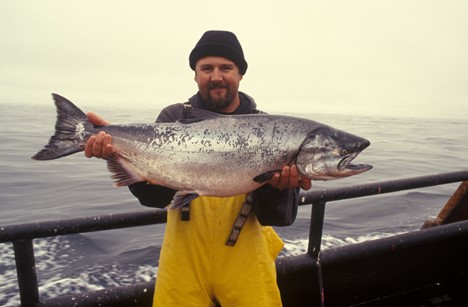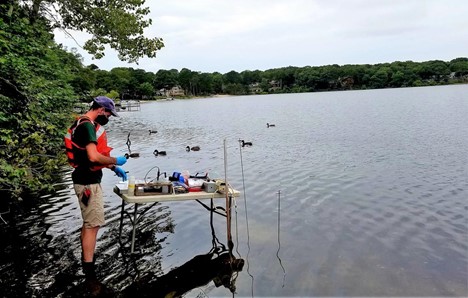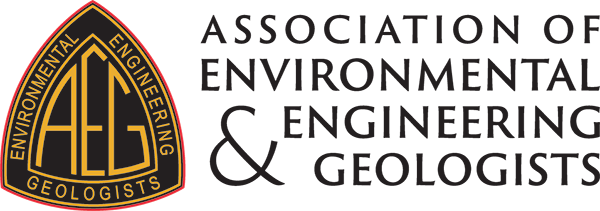
When most people think about the work of a geologist, they picture someone looking at and studying rocks and fossils. But hydrology, the study of groundwater, is a crucial area of concern for many applied geologists.
Waterways are at constant risk of becoming contaminated, posing potentially grave risks to human health. Drinkable water is essential to human life and requires careful testing, monitoring for new pollution sources, infrastructure maintenance and contingency planning for sudden water supply contamination caused by natural disasters and other emergencies.
What Are Contaminants of Emerging Concern?
We use chemicals every day in our homes, at our workplaces, on farm fields and in factories. The sources and types of pollution that wind up in our air, water and soil are continually changing, requiring ongoing testing, vigilance, and mitigation efforts. When new contaminants emerge in a water source, special attention must be paid since the risks they pose to humans and the environment is not entirely understood.

Many new and emerging contaminants being discovered in water supplies throughout the country include personal care products (PCPs) like cosmetics, soaps, skin and hair care items, lawn care and agricultural products and pharmaceuticals. (Up to 90% of oral medication passes through the body and ends up in wastewater, and then into the water supply.)
Some of these drugs and PCPs, along with household products like detergents, pesticides, and plastic containers, also act as endocrine disrupting compounds (EDCs). The health ramifications of EDCs are not fully understood but we know that they can interfere with normal hormonal function.
Many types of pollutants are particularly dangerous because they bioaccumulate up the food web. This means that as larger organisms eat smaller ones that have ingested or absorbed toxic chemicals, the larger creatures accumulate those chemicals in their tissue. By the time those chemicals reach the top of the food chain, there can be a dangerous amount of toxicity being internalized by the higher-level animals. This includes any humans that eat those animals, like wild-caught fish.

The U.S. Environmental Protection Agency (EPA) is closely studying PCPs, EDCs, pharmaceuticals and many other emerging contaminants such as perchlorate, polybrominated biphenyls (PBBs) and Dinitrotoluene (DNT) to determine their effects on the health of humans and aquatic life.
The EPA has a summary of current contaminants of concern at Federal facilities, along with technical fact sheets on each. The fact sheets discuss the sources, properties, health effects, detection methods and treatments/mitigation of the contaminants.
Geologists and Emerging Contaminants

(Credit: Andrea Tokranov, US Geological Survey. Public domain.)
Geologists also have an important role to play in monitoring and advising on the presence of contaminants in the water supply. Hydrogeologists use their expertise to prevent clean ground water from becoming polluted and to restore polluted water supplies to a safe and drinkable state.
Hydrogeologists and environmental geologists study contaminated sites and work with engineers, planners and elected officials to remediate the problem. They also identify areas which feed into the public water supply and advise public officials on how best to protect these areas from potential contamination by regulating the types of construction and activities which may occur there.
The U.S. Geological Survey (USGS) supports the critical body of research around water quality by performing studies on dangerous chemicals and pathogens in the environment, providing the science necessary to help protect human health and natural systems. Current studies on emerging contaminants can be found on the USGS website.
Are you interested in helping to advance the protection of the health, safety, and welfare of the public and the environment from groundwater contamination? Consider joining one of our technical working groups focused on Hydrogeology or Environmental Characterization and Remediation.
